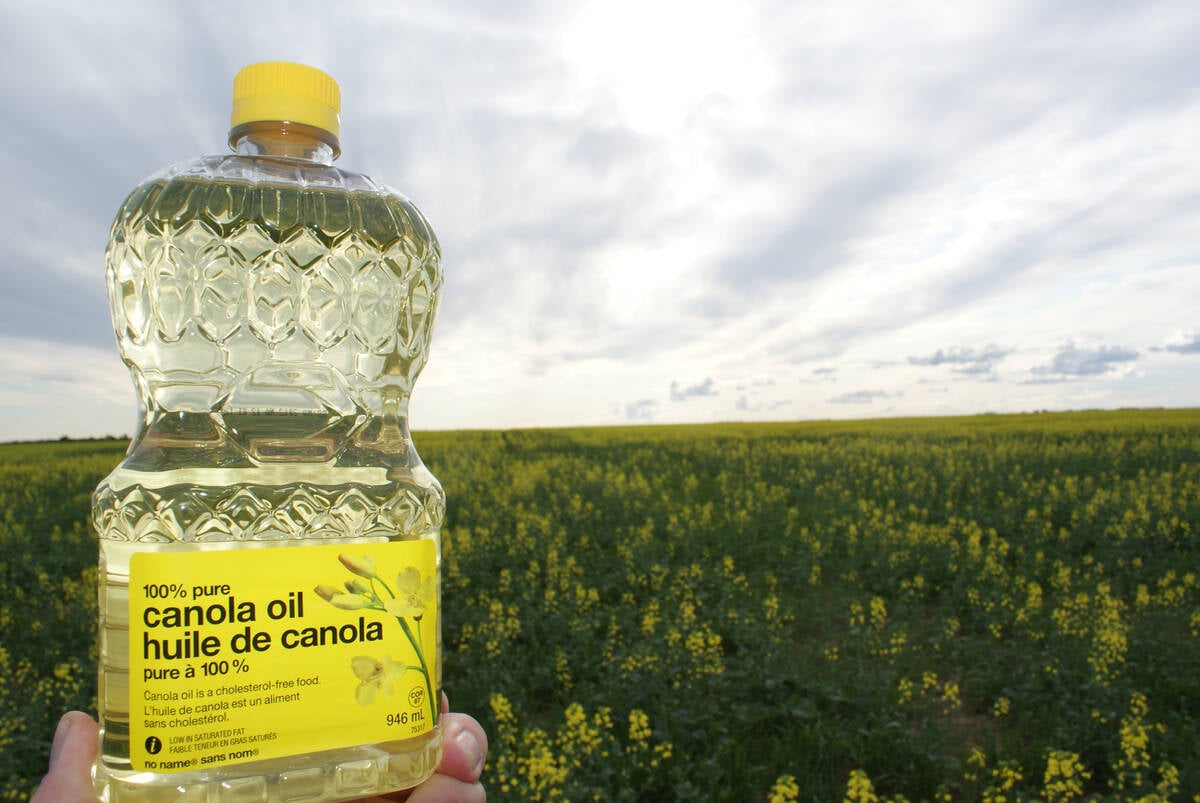India’s auditor general report | Yellow peas repeatedly called undesirable product
India’s auditor general has issued a scathing condemnation of a government pulse importing scheme through which Canadian yellow peas were bought.
The program, which was designed to check soaring food price inflation, authorized four agencies to import pulses on behalf of the Indian government and covered losses up to 15 percent of the landed cost of the product.
Those agencies imported three million tonnes of pulses between 2006-07 and 2010-2011 and incurred losses of $230 million, 75 percent of which was associated with the purchase of yellow peas.
Read Also

Rising vegetable oil demand may offset bad biofuel news
Global biodiesel/renewable diesel production is expected to decline for the first time in a decade. Bad timing for a canola industry looking for new markets.
The losses far exceeded expectations, with the government covering 27 percent of the $230 million. The program was shut down April 1, 2011.
In its 42-page report, the office of India’s comptroller and auditor general rebuked the Ministry of Consumer Affairs, Food and Public Distribution for its 2007 recommendation that half of the total imports through the government scheme be yellow peas.
“The peas did not find many takers in the domestic market and were sold after considerable delays with heavy losses to the importing agencies,” it said.
For instance, the agencies imported 626,000 tonnes of yellow peas in 2008-09 at prices of $292 to $546 per tonne. They were able to sell only 87,000 tonnes that year, with the remainder marketed the following year at far lower prices of $205 to $340 per tonne.
“Despite this, the agencies continued to import the peas during the subsequent years, even when they had huge unsold stocks,” said the auditor general.
Carl Potts, the newly appointed executive director of Saskatchewan Pulse Growers, said most of the yellow peas imported through the Indian government program over the past four years would have been from Canada.
The program provided an important market outlet for Canadian growers at a time when they were producing more than three million tonnes of peas annually.
Potts is not surprised the scheme lost money because it was designed to cover losses by the state trading agencies, although not nearly to the extent realized.
He is also not overly concerned about repeated references in the report to yellow peas being an undesirable commodity in India.
India’s Committee of Secretaries recognized in an August 2009 meeting that consumers preferred other pulses despite low yellow pea prices and adequate stocks of the commodity.
“In spite of that, the COS did not recommend any reduction for purchase in the targeted quantity of yellow peas,” said the auditor general report.
Potts doesn’t put much stock in the notion that yellow peas were a bad fit for the program.
“I don’t see it as particularly worrisome,” he said. “The demand for yellow peas has not been created as a result of government policy.”
Private importers in India were buying Canadian yellow peas long before the government incentives existed and bought more than the government import agencies during the years of the program because peas are a competitive product.
“The reality is that yellow peas are the most affordable, cost-effective source of protein for Indian consumers,” Potts said.
Yellow peas have morphed from being strictly a chickpea substitute to a niche product with its own following in India.
Potts believes the product will continue to play a big role in filling the growing gap between India’s pulse consumption and production.
“Perhaps this report may result in some changes to the way the government is involved in importing, but I think our industry can adapt to that.”
The auditor general is seeking broader changes than that.
“In view of the size of the Indian market and also the lack of acceptance by Indian consumers of foreign pulses (particularly yellow peas), the government should consider taking effective measures for increasing the production of pulses.”
The government watchdog wants to see increased yields through irrigation, provision of superior inputs and effective agricultural extension and higher minimum support prices for pulses to boost acreage of the crops.















